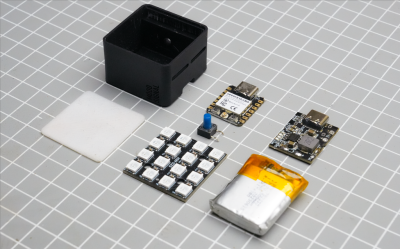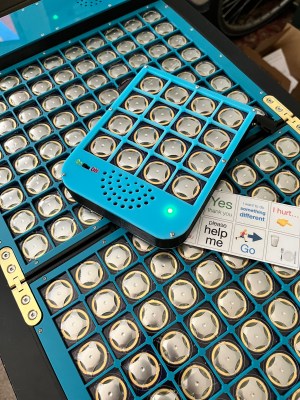What do you do when a crowdfunded product you really liked gets cancelled? Naturally, you take the idea and build your own version of it. That’s what [Salim Benbouziyane] did when the TimeChi project on Kickstarter saw its launch cut short. This device allows you to set a ‘no distractions’ timer, during which notifications on one’s phone and elsewhere are disabled, making it something similar to those Pomodoro timers. What this dial also is supposed to do is integrate with home automation to set up clear ‘focus’ periods while the timer runs.
A quick prototype of the newly minted Focus Dial project was set up using an ESP32 and other off-the-shelf components. The firmware has to run the timer, toggle off notifications on iOS and trigger firewall traffic rules to block a batch of social media addresses. Automating this with iOS was the hardest part, as Apple doesn’t make such automation features easy at all, ultimately requiring a Bluetooth audio board just to make iOS happy.
After this prototyping phase, the enclosure and assembly with the modules were drawn up in Autodesk Fusion 360 before the plastic parts were printed with a resin printer. The end result looks about as good as the Kickstarter one did, but with a few changes, because as [Salim] notes, if you are going to DIY such a failed crowdfunding project, why not make it work better for you?
Continue reading “The TimeChi Never Shipped, But You Can Build One From Scratch”




















